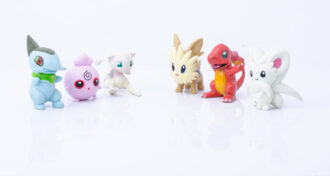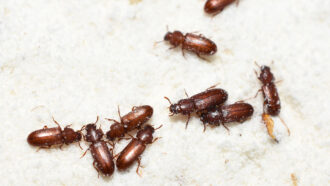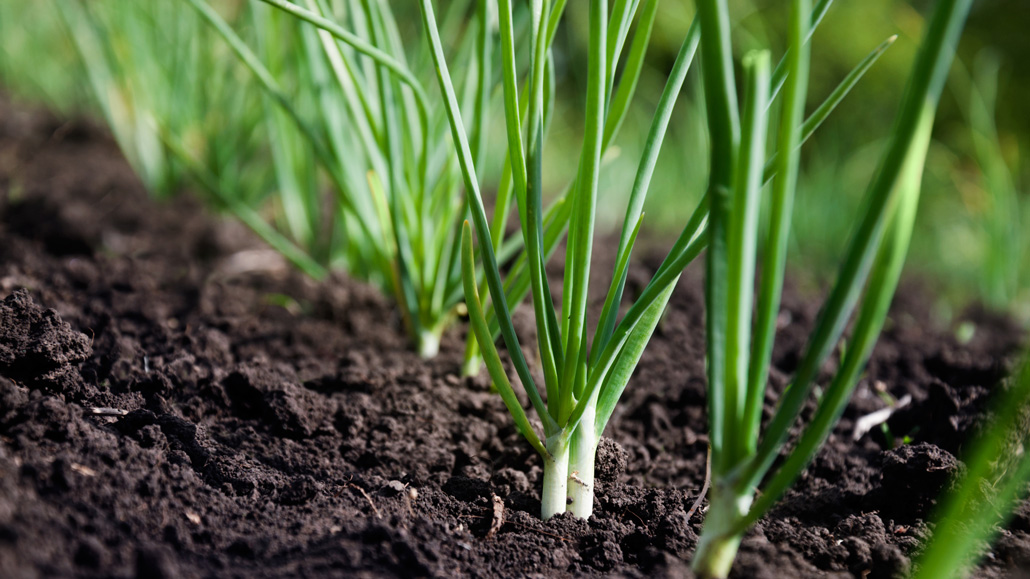
Environment
Fungi help rescue crops being harmed by microplastics
Microplastics in the soil hinder plant growth. But two finalists at Regeneron ISEF found that fungi and farm waste can reduce the harm.
Come explore with us!

Microplastics in the soil hinder plant growth. But two finalists at Regeneron ISEF found that fungi and farm waste can reduce the harm.
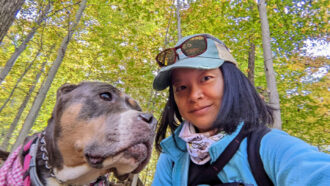
Pei-Chih Lee works to preserve genetic material that can help researchers learn more about endangered animals, such as pandas and clouded leopards.
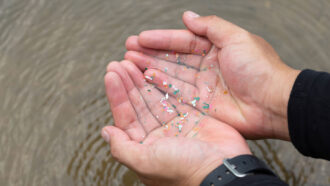
This interplay between plastics and metals could affect how each affects the environment — and suggests opportunities for controlling their risks.
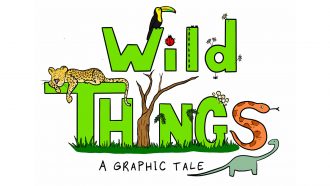
A nose-picking aye-aye’s spindly middle digit probably pokes all the way into the back of the throat, CT scans show.
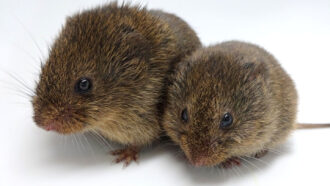
Scientists thought the chemical oxytocin was required to make prairie voles mate. They were wrong.
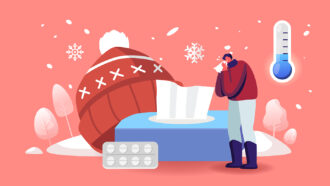
Low humidity helps viruses survive, and cold weather blunts some of the body’s immune responses — making colds and other viral infections more likely.
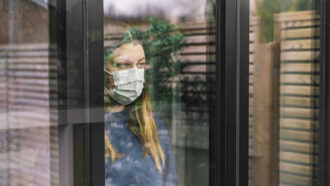
A small study showed certain structural changes that appeared three to four years early. Normally, premature aging of the brain is not a good sign.
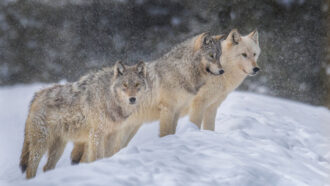
Gray wolves infected with Toxoplasma gondii make riskier decisions. This makes them more likely to become pack leaders or strike out on their own.
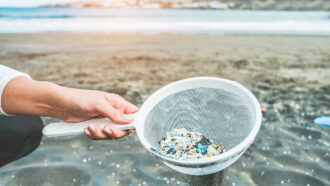
The tiny plastic bits give these germs safe havens. That protection seems to increase as the plastic ages and breaks into ever smaller pieces.
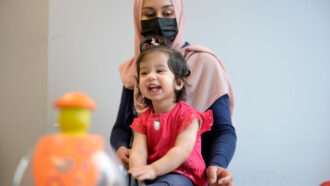
Ayla was treated before birth for the rare, life-threatening Pompe disease. Now a thriving 16-month-old toddler, her treatments will still need to continue.
